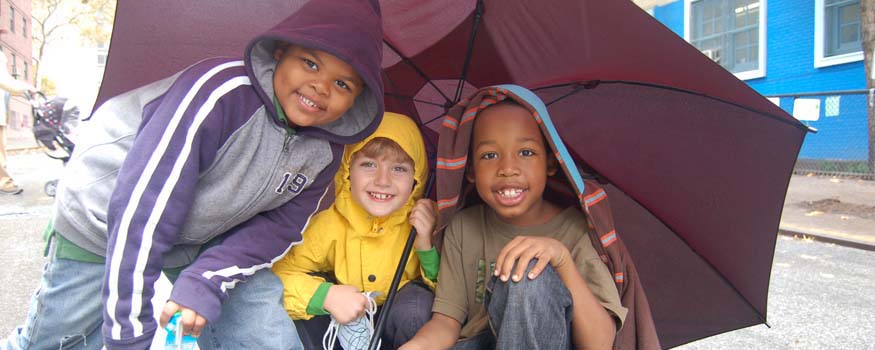Last year my youngest daughter was called a “racist” by one of her closest friends. Provocative, isn’t it? I bet you are wondering what on earth my daughter said…
She referred to a Black character on a television show as Black. “That isn’t racist!” My daughter responded. “Being called black isn’t an insult. Just like I am not insulted if you call me white.”
She was quite confident with her response to her friend in the moment but was less sure when we got home. My daughter has been called a lot of things in her young life but being called a racist seemed to sting the most. As a White person myself, I can attest that if anyone even suggests that my perspective is racist, it is painful. It is no wonder so many White families either explicitly or implicitly teach children a doctrine of colorblindness. I can’t tell you how many times I have heard White people insist that they “don’t see race.”
The truth is even babies see race. In Children Are Not Colorblind, Dr. Erin Winkler explains that children develop biases by the age of three and that these racial biases are not always directly linked to parent views or behaviors but to larger societal norms. What does this all mean? It means that no matter how uncomfortable it may be, or risky, or scary, we, parents and teachers regardless of our own color, must acknowledge our own bias[es] and then talk honestly about race in our society.
That sounds tricky, and it is! Last month Bay Ridge Prep teachers and administration worked with Border Crossers to learn strategies to respond to situations related to race and/or racism in our classrooms. The following strategies can help you at home too!
- Breathe- Take a breath to pause and ground yourself before responding to a challenging situation.
- Affirm by saying
- “That’s a really great question/ observation.”
- “Good question. I know sometimes adults have trouble figuring it out…”
- “Sometimes I wonder the same thing…”
- Inquire to understand your child’s perspective. Remember his experience is likely different than your own.
- “What do you mean by…”
- “What are you feeling?”
- “Can you tell me more?”
- Continue the conversation by opening it up to other perspectives
- “Sometimes in society…”
- “How do other people feel…?”
- “Where do you think we learn these messages?”
- “How do you think we can change that?”
- “I want to think more about this and will get back to you.”
I hope that we can all feel empowered to address issues of race and racism with humility and bravery because not saying anything can be the loudest teacher of all.
As always, if you would like to talk more about these issues please contact me at kgeorge@bayridgeprep.org or Julie Mayring at jmayring@bayridgeprep.org .

